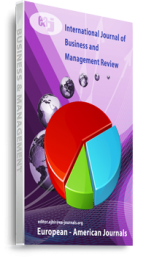We are living in an ever-changing world whereby our frequently unstable environment necessitates the need for individuals, groups, organizations, and even societies to become resilient. In terms of organizations, the literature is overwhelming in its agreement that for organizations to survive the turbulent times, it must develop organizational resilience (see Doe, 1994; Horne, 1997; Warner & Pyle, 1997) because it has become a critical requirement for survival (see Lengnick-Hall, C.A., & Beck, T.E., 2009; Sullivan-Taylor & Wilson, 2009; Sullivan-Taylor & Wilson, 2010). Kantur and Iseri-Say (2012) asserted that organizational resilience is founded on the following four: perceptual stance, contextual integrity, strategic capacity, and strategic acting. Kantur and Iseri-Say’s four was equated with the OCTAPACE (Openness, Confrontation, Trust, Authenticity, Proaction, Autonomy, Collaboration, Experimentation) in the organizational culture literature before hypotheses were developed and tested. It was found that a strong positive correlation exists for five (confrontation, authenticity, proaction, autonomy, and experimentation) whereas the other three had moderate correlations (openness, trust, and collaboration). The implications of the findings as well as recommendations based on the results will also be discussed.
Keywords: Contextual Integrity, Octapace, Organizational Resilience, Perceptual Stance, Strategic Capacity, and Strategic Acting

